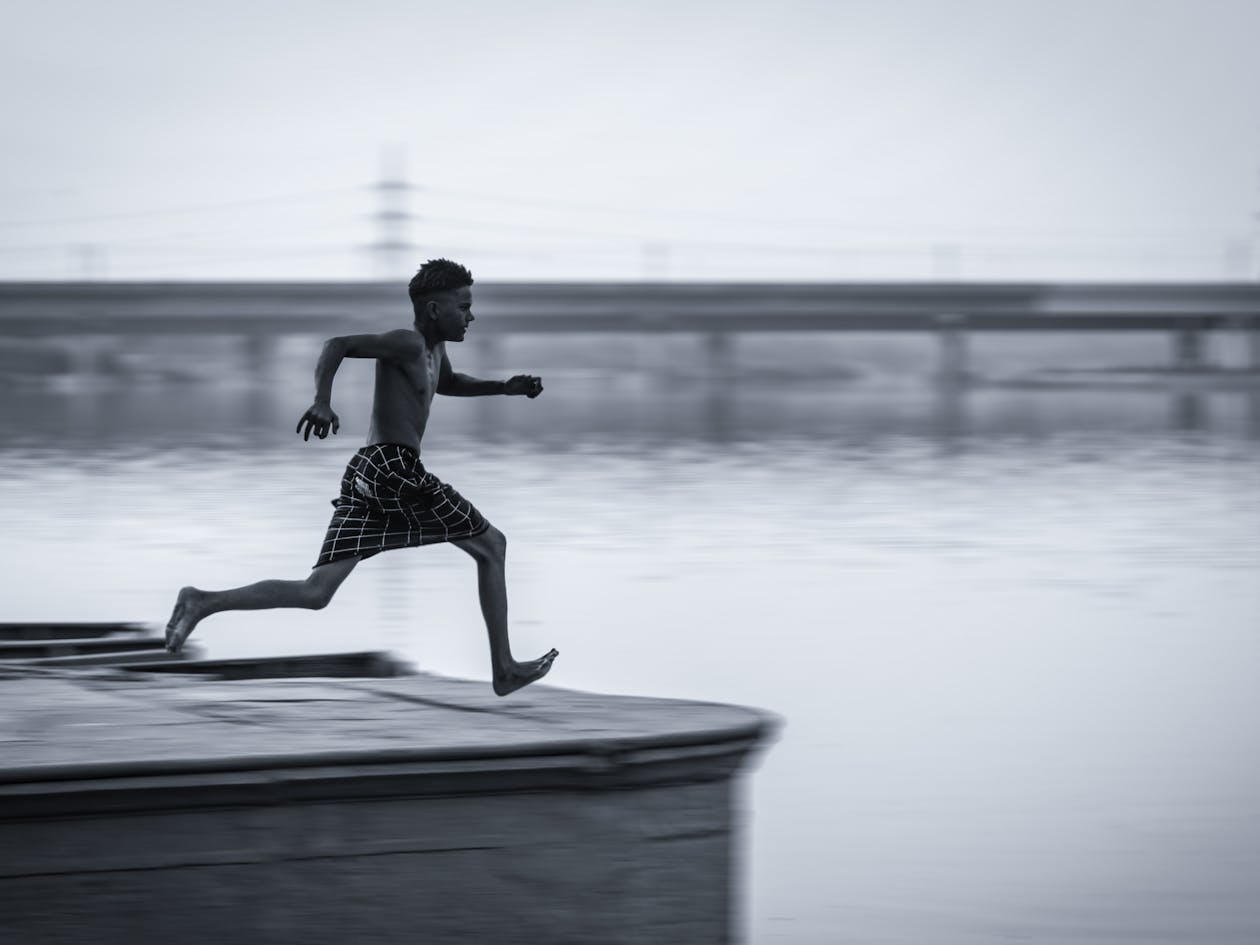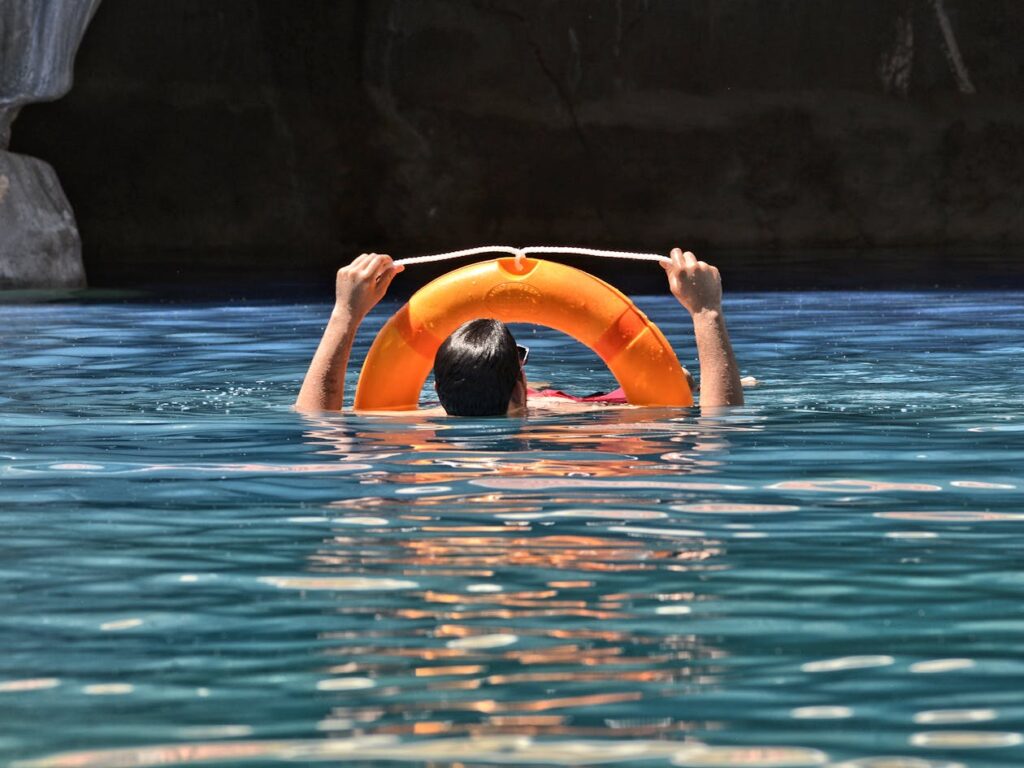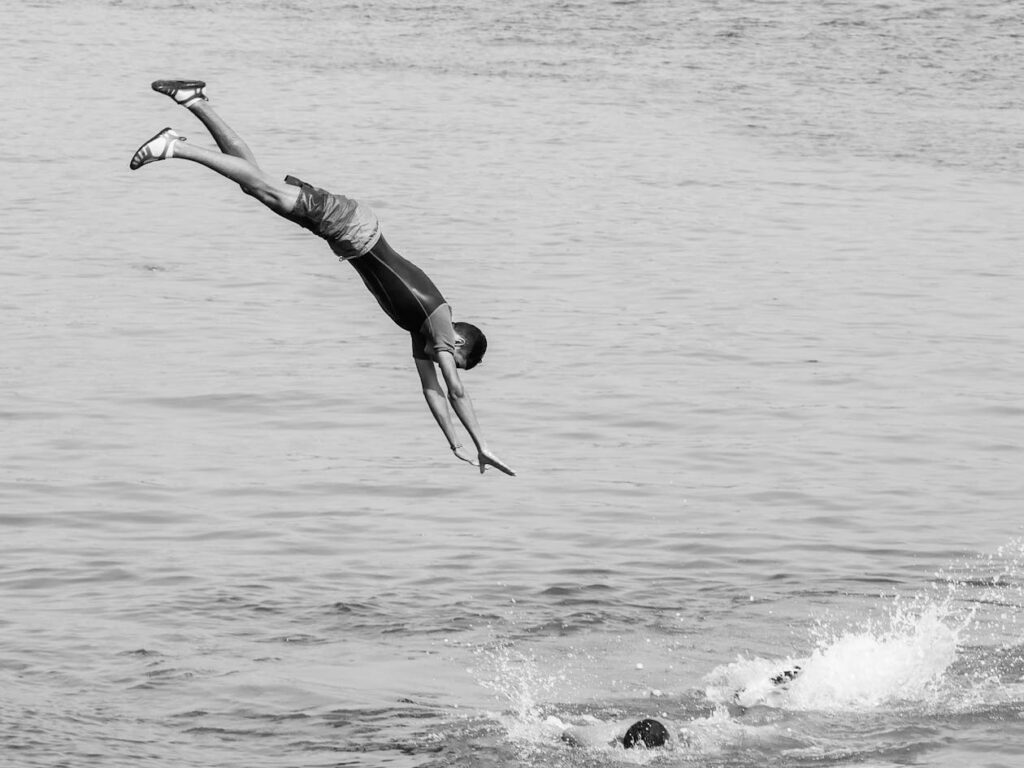This 16-Year-Old Jumped into a River After Witnessing a Car with 3 Girls Fall In — Here’s How He Rescued All 3 Girls

Sometimes technology leads us astray. Sometimes a simple navigation error creates life-or-death situations. And sometimes, when everything goes wrong, an ordinary teenager becomes something extraordinary.
Picture this: darkness blankets a quiet Mississippi town. Most people sleep peacefully in their beds. But at 2:30 AM on a Sunday morning, screams pierce the silence near the Pascagoula River. A car sits in water where no car should be, sinking slowly as panic fills the air.
What happened next would test the courage of everyone involved. It would push a high school student beyond his limits. It would force split-second decisions that would determine whether multiple families would face tragedy or celebration.
One teenager heard those screams and made a choice that would change everything. His decision to act rather than watch would save not three lives, but four. His willingness to risk his own safety would turn a potential tragedy into a story of hope that would inspire an entire community.
But getting there required swimming through dark water, fighting exhaustion, and refusing to give up when the situation became even more dangerous than anyone imagined.
Meet Corion Evans: The Teenager Who Didn’t Think Twice
Corion Evans was just a typical 16-year-old from Pascagoula High School when he witnessed something that would test every ounce of courage he possessed. Three teenage girls had been following GPS directions that led them straight into the Pascagoula River in Moss Point, Mississippi. Their car floated about 20 feet from shore, taking on water and beginning to sink.
Most people might freeze in such a moment. Others might call for help and wait for authorities to arrive. But Evans saw people in danger and knew waiting wasn’t an option.
Without hesitation, Evans pulled off his shoes and shirt. He didn’t pause to consider the risks lurking beneath the dark water’s surface. He didn’t calculate odds or weigh potential consequences. He simply heard people crying for help and decided to act.
“I was just like, ‘I can’t let none of these folks die. They need to get out the water,'” Evans explained later. “So, I just started getting them. I wasn’t even thinking about nothing else.”
Years of swimming experience since age three had prepared Evans for this moment, though he never could have imagined using those skills in such dramatic circumstances. His automatic response to dive into danger would prove lifesaving for multiple people that night.
Into the Dark Water: A Race Against Time

Evans plunged into the river without knowing what dangers might await him below the surface. Murky water concealed potential threats – debris, wildlife, or underwater obstacles that could trap an unwary swimmer. But fear couldn’t override his determination to reach those girls before their car disappeared completely.
One of Evans’s friends also jumped in to help with the rescue effort. Together, they worked to get the three terrified girls onto the top of their sinking vehicle, buying precious time while fighting against rising water levels.
Evans found himself supporting multiple people simultaneously, trying to keep them above water while swimming toward safety. Each stroke required enormous effort as he battled both the river current and the weight of people depending on him for survival.
Swimming 25 yards might seem manageable under normal circumstances. But carrying frightened victims through dark water while fighting exhaustion transforms a simple distance into an overwhelming challenge.
When the Rescuer Needs Rescuing

Just as Evans thought the rescue was progressing successfully, the situation became even more complicated. Police Officer Gary Mercer had arrived to help with the emergency response and entered the water to assist with bringing victims to shore.
But one of the people being rescued began panicking during the rescue attempt. In their terror, they grabbed onto Officer Mercer and pulled him underwater. Mercer swallowed water and began struggling to stay afloat himself.
Suddenly, Evans faced an impossible situation. He was already exhausted from rescuing the three girls, but now the person who came to help was drowning too. Authority figures are supposed to save others, not need saving themselves. Yet here was a police officer calling for help.
“I turned around. I see the police officer. He’s drowning. He’s going underwater, drowning, saying, ‘Help!'” Evans recalled. “So, I went over there. I went and I grabbed the police officer and I’m like swimming him back until I feel myself I can walk.”
Evans made another split-second decision to risk his own safety for someone else. Despite his growing exhaustion, he swam toward the struggling officer and began pulling him toward shore. Every stroke required tremendous effort, but giving up wasn’t an option.
Swimming for Four Lives: The Exhausting Battle

What started as a rescue mission for three girls had become a fight to save four lives, including a trained law enforcement officer. Evans found himself responsible for more people than he ever imagined possible.
“Twenty-five yards out, so it was a lot of swimming. My legs were so tired after,” he explained later. “Anything could’ve been in that water, though. But I wasn’t thinking about it.”
His legs burned with fatigue as he fought to bring everyone to safety. Adrenaline provided some energy, but physical limits threatened to overwhelm even his determined spirit. Every movement became more difficult as the rescue mission stretched on.
Yet Evans refused to consider failure. Each person depending on him represented a family who would be devastated by loss. He couldn’t let that happen, regardless of how exhausted he felt or how much his muscles screamed for rest.
Swimming through dark water while supporting other people requires not just physical strength but mental toughness that most adults never develop. Evans demonstrated both qualities in abundance that night.
A Mother’s Pride and Terror: Watching Your Child Risk Everything

Marquita Evans learned about her son’s heroic actions after the fact, experiencing a complex mix of emotions that only parents can understand. Pride battled with terror as she realized how close she came to losing her own child while he saved others.
“I’m glad nothing happened to him while he was trying to save other people’s lives,” Marquita Evans shared. “I was really proud of Corion because he wasn’t just thinking about himself. He was trying to really get all those people out the water.”
Parents spend years teaching children to be careful, to avoid unnecessary risks, to think before acting. Yet in this situation, Corion’s willingness to ignore safety considerations for himself made the difference between life and death for four people.
Marquita’s pride in her son’s character outweighed her fear about the dangers he faced. She recognized that his actions reflected values she had worked to instill – putting others first and helping people in need.
Heroes Get Recognition: Community Honors Brave Teen
News of Evans’s heroic rescue spread quickly through the community. Moss Point city officials recognized that something special had happened that night – something worth celebrating and honoring publicly.
On Tuesday following the Sunday rescue, city officials presented Evans with a certificate of commendation for his heroism. Police Chief Brandon Ashley emphasized how Evans’s actions prevented a tragedy that could have devastated multiple families.
“If Mr. Evans had not assisted, it could have possibly turned out tragically instead of all occupants rescued safely,” Chief Ashley stated in recognizing Evans’s bravery and selflessness.
Officer Mercer also received recognition for his courage in attempting the rescue, despite nearly drowning himself in the process. Both men demonstrated that heroism can emerge from ordinary people when circumstances demand extraordinary actions.
Community recognition meant something special – validation that Evans’s split-second decisions had real impact on real families who would go home safely because of his courage.
All Safe, All Alive: The Miracle Outcome

Hospital staff treated all four victims following the incident, with everyone recovering successfully from their ordeal. No lives were lost despite the terrifying circumstances that easily could have ended in tragedy.
What began as a GPS navigation error that led three girls into a river became a story of human courage and compassion. One teenager’s willingness to risk his own safety created a miracle outcome that allowed four families to breathe sighs of relief.
Evans later reunited with the girls he saved, sharing a moment that must have felt surreal for everyone involved. Lives intersected in the most dramatic way possible, creating bonds forged in crisis and gratitude.
What Makes Someone Jump: The Psychology of Heroism
Evans’s story raises fascinating questions about what drives certain people to risk their lives for strangers. Most individuals might hesitate before jumping into dark water to help people they don’t know. Yet Evans acted instantly, without calculating risks or considering alternatives.
His swimming background certainly helped prepare him for the physical challenges of water rescue. But technical skills alone don’t explain his immediate willingness to endanger himself for others. Something deeper motivated his actions – a fundamental belief that human life matters more than personal safety.
Heroism often emerges from ordinary people who simply refuse to watch others suffer when they possess the ability to help. Evans demonstrated that age doesn’t determine capacity for courage, and that split-second decisions can reveal character in ways that years of normal life never could.
Lessons from the River: When Technology Fails and Humans Prevail
Evans’s rescue story offers important lessons about technology, human nature, and emergency preparedness. GPS systems sometimes fail or mislead users into dangerous situations. But when technology creates problems, human courage and compassion provide solutions.
Blind trust in navigation systems can lead people into situations they never anticipated. Awareness of surroundings matters more than following directions without question. Sometimes the most sophisticated technology cannot replace basic human judgment and caution.
Yet when disasters occur despite our best precautions, stories like Evans’s remind us that heroes live among us. Ordinary teenagers can become extraordinary rescuers when circumstances demand courage. Communities contain people willing to risk everything for strangers, creating hope that transcends individual tragedies.
Evans proved that in our most desperate moments, human connection and bravery triumph over mechanical failures and dangerous circumstances.
Loading...

